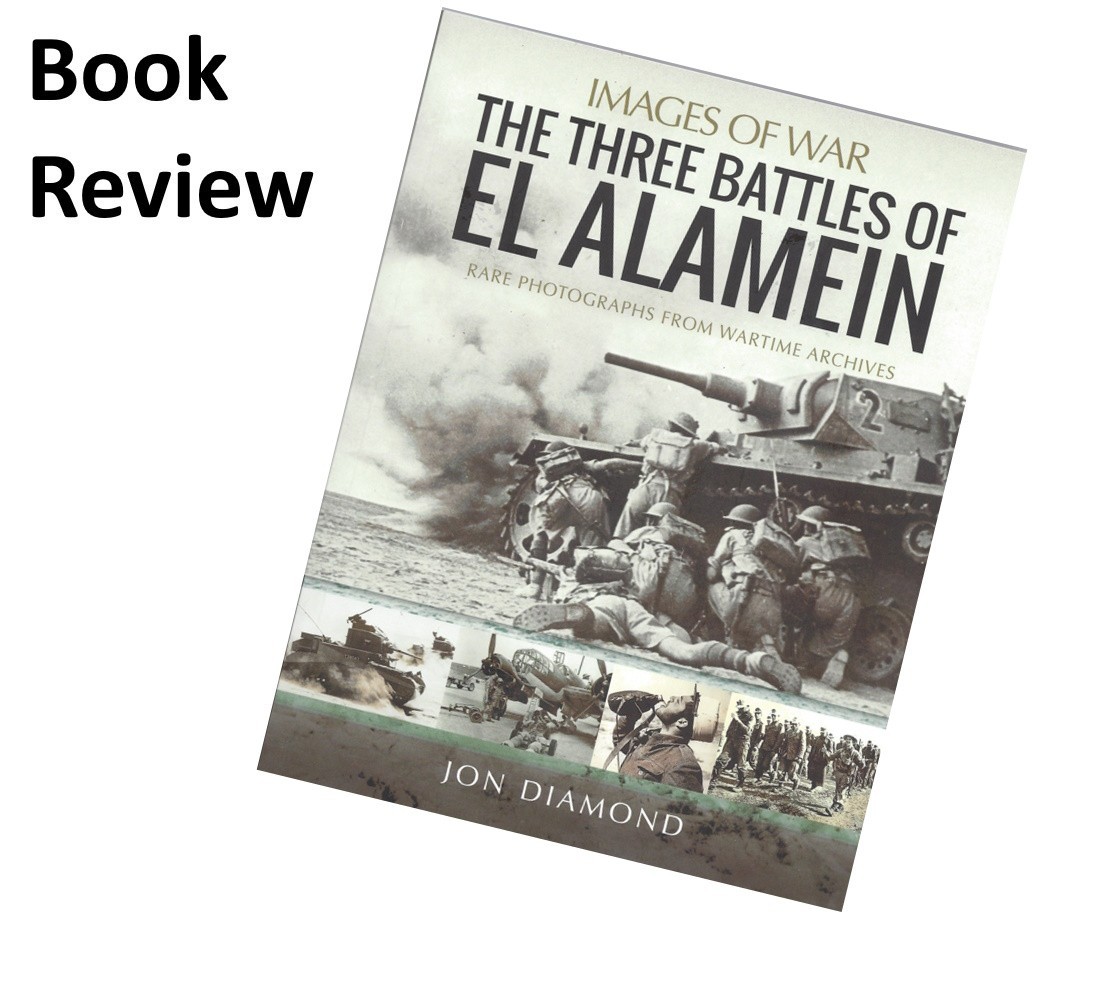
Introduction
The Three Battles of El Alamein is part of the Images of War series from Pen & Sword. Images of War relies on image heavy galleries of captioned photographs and concise textual monographs to present the history of a subject. This 232-page 7.4 x 9.7 softcover book is authored by Jon Diamond and catalogued with ISBN: 978-1-399072056. You may find the book on Casemate’s site via this link.
El Alamein is one of those seminal battles of World War II – the turning tide of the desert war - and has been covered through scores of books. This book covers the series of battles through images.
Contents
The Three Battles of El Alamein is told through 223 pages of text and images in six chapters plus front and back matter:
Acknowledgments
Introduction
Abbreviations
Chapter 1 Desert Combat in Egypt and Cyrenaica 1940-1942
Chapter 2 Terrain and Weapons
Chapter 3 Commanders and Combatants
Chapter 4 The First Battle of El Alamein
Chapter 5 The Battle of Alam el Halfa
Chapter 6 The Second (Main) Battle of El Alamein
Epilogue
Bibliography
Within those six chapters the book is divided into three sections. A single page of useful abbreviations starts the book. Each chapter is broken up into several sub-chapters. Chapter 1, Desert Combat in Egypt and Cyrenaica 1940-1942 is composed of sub-chapters including, but not limited to:
· The Italian Advance under Graziani, 13-16 September 1940
· Origin of the Western Desert Force’s Operation COMPASS
· Westward Allied Advance
· The Double Envelopment and Destruction of the Italian 10th Army at Beda Fomm, 3-7 February 1941.
Including maps, this chapter consists of eight pages of text and 37 pages of photographs with narratives and captions.
Next, chapters 2 and 3 present almost 100 pages acquainting the reader with the characteristics of the battlefield and the weapons of war, and the armies and their commanders. What we learned in the proceeding chapters melds together in the following 70 pages devoted to the three chapters narrating the El Alamein battles.
The author includes information about dispositions of forces, describes attacks, provides insights to command considerations (Montgomery considered breaking off the battle during Operation Lightfoot), logistics, and losses.
Unfortunately, flipping through of the book reveals typos, misidentifications, and questionable information, e.g., page 71 describes the 5 cm PaK 38 anti-tank gun as having a rate of fire of 50 rounds per minute, while the guns pictured are French Hotchkiss 25 mm guns. On page 103, a destroyed Panzer III is misidentified as a Panzer IV “with a longer 75 mm KwK 37 L/24 gun.” It is obviously a Panzer III and the longer75 mm of the Panzer IV was not a L/24, it was an a much longer 43 caliber. In another case, the short 5 cm KwK 38 L/42 of a Panzer III Ausf. F is described as a L/24 instead of a L/42. On another page, a SAS Jeep photo misidentifies an American M2 .50-caliber machine gun as a Vickers, while on yet another page, a Boys anti-tank rifle is misidentified as a Bren gun. There are other mistakes but do those examples cast doubt in your mind about the rest of the content?
Photographs, Artwork and Graphics
Now we have the good stuff. For my eyes this book is an amazing feast. The book advertises 250 photos and many of them would individually inspire me to buy the book. Recently in a forum, a modeler inspired discussion by putting one side of tracks on different than the other side; page108 presents a British Grant passing a destroyed Panzer clearly showing a track mounted backwards from the other side. I cannot say I have seen British tanks driving through large pools of water in North Africa but there are several such photos in this book. Modelers seeking source and reference material have a gold mine here, especially if seeking inspiration for a diorama. Each photo is accompanied with a caption, many are detailed.
Several grayscale maps are included and they are detailed as well:
1. The Mediterranean Theater Of Operations 1940-43
2. The First Battle of El Alamein (1-27 July 1942)
3. The Battle of Alam el Halfa (30 Aug.-5 Sept. 1942)
4. The Second (Main) Battle of El Alamein (23 Oct-4 Nov 1942)
They are small, detailed, and useful.
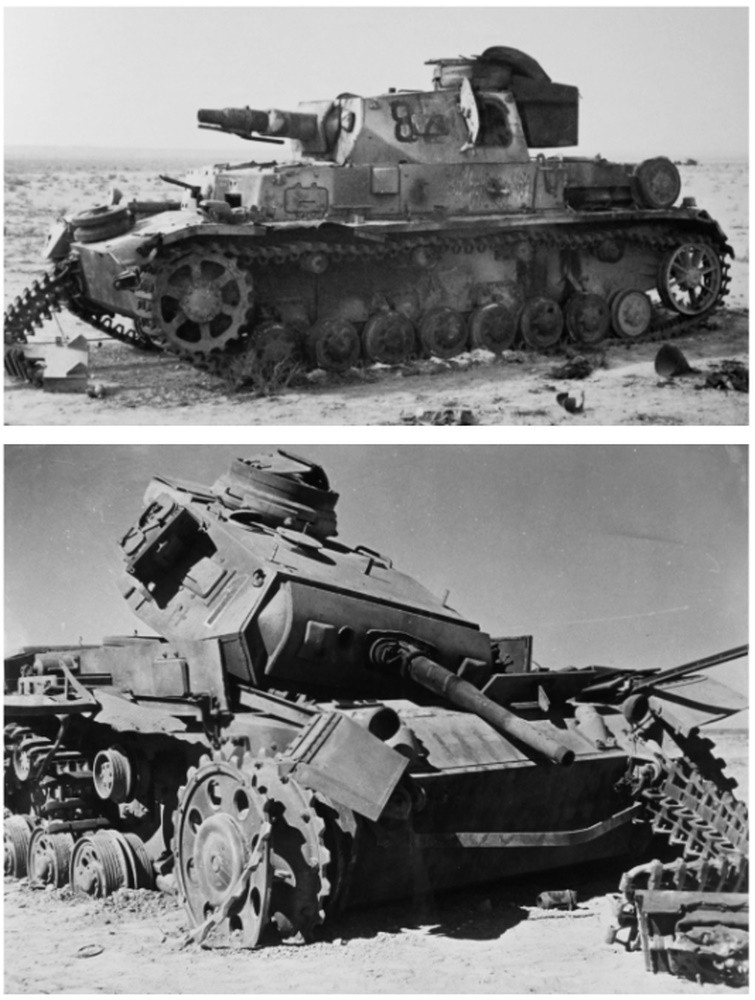
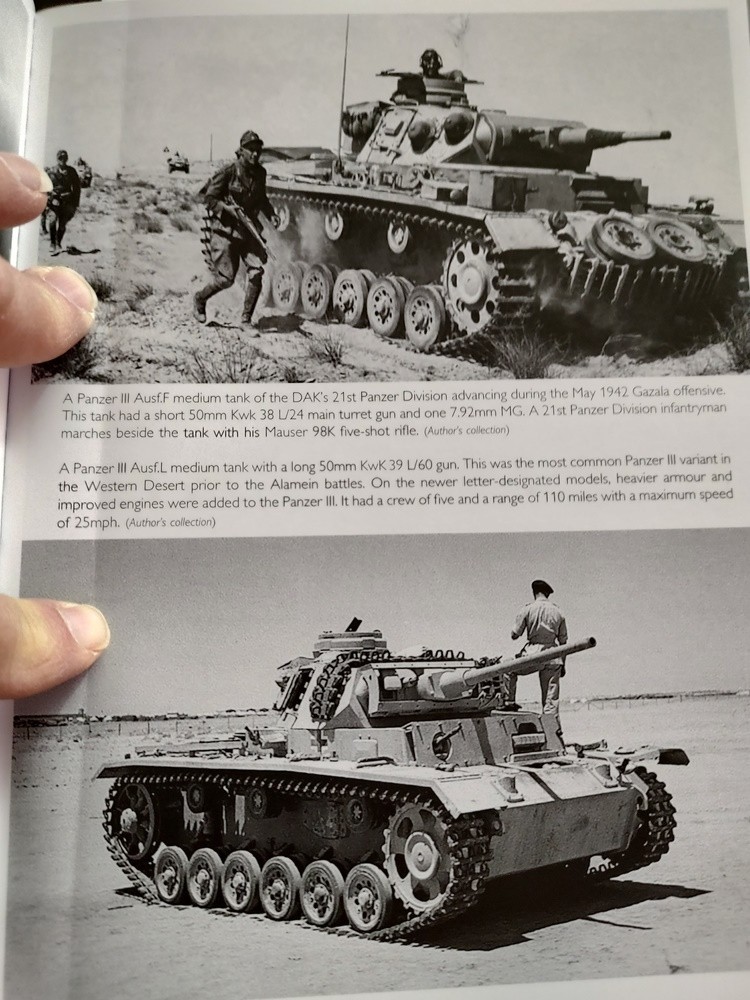
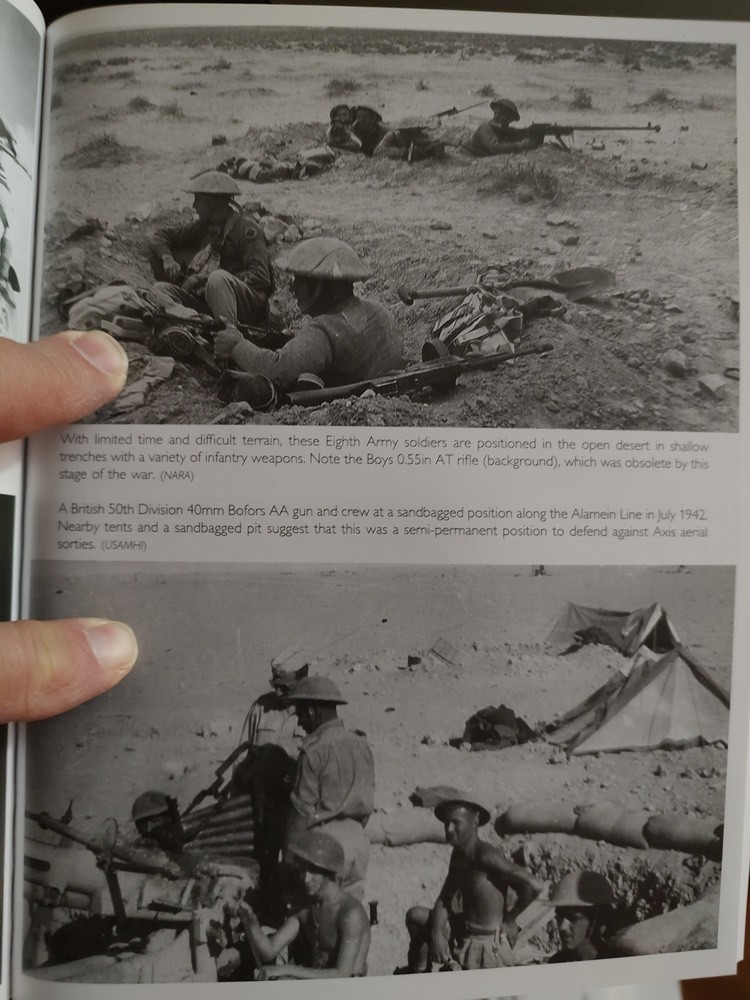
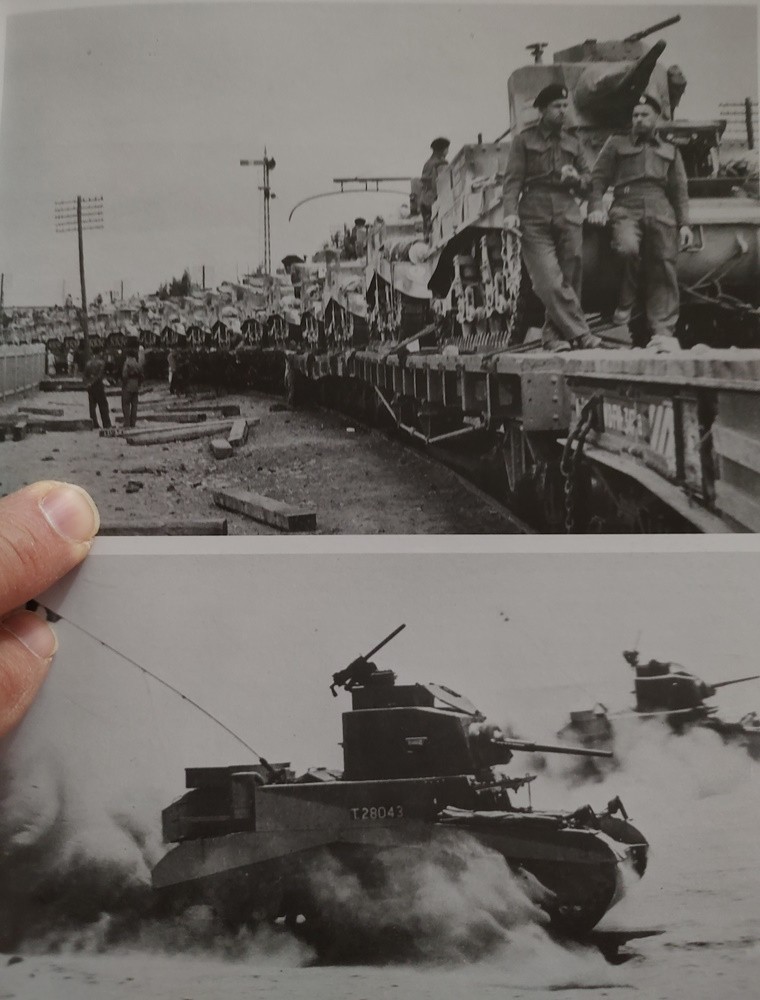

Conclusion
The Three Battles of El Alamein is my first Images of War book. I am generally impressed by the concept. The gallery of images is spectacular for me. Modelers can find inspiration for models and dioramas as well as source material for their quest to create a more authentic subject.
I am disappointed by the mistakes in photo captions. Who made the mistakes, author or Pen & Sword proofreaders? How much should we let the errors sour our taste for this book is a question we each must decide but at least we have the amazing images.
Despite the errors, I think the gallery of photos carries this book. As such, I am happy to have a copy and suggest enthusiasts and modelers of the North Africa campaign examine a copy for themselves.
Thanks to Casemate for providing this copy; please remember to mention to retailers and Pen & Sword that you saw this book here – on Armorama.











